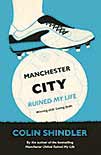 Winning club. Losing faith
Winning club. Losing faith
by Colin Shindler
Headline, £16.99
Reviewed by Ian Farrell
From WSC 308 October 2012
Of all the nostalgic How-I-fell-in-love-with-my-club books that followed in the wake of Fever Pitch, Colin Shindler’s Manchester United Ruined My Life was perhaps the most notable and fondly remembered. Charming and amusing as it was, the reason for its popularity and success can undoubtedly be traced to its subject: Manchester City. They were the quintessential underdog back then, well liked and sympathetically regarded beyond fans of their few natural enemies. Fourteen years on, they are seen as football’s new supervillains and it is time for the sequel: the considerably rarer How-I-fell-out-of-love-with-my-club book.
The newfound disenchantment that has given Shindler his title is only an issue in the last third, with most of the book taking the form of a straight autobiography. City’s fortunes of the time may weave in and out, occasionally taking centre stage, but this is really the story of the last decade and a half of the author’s life, as he copes with the breakdown of his marriage, bereavement, ageing and the search for a new partner. What it is emphatically not – and does not claim to be – is A History of Manchester City 1998-2012. Anyone expecting that is likely to be bemused by what they get, much in the manner of someone reading The Origins of the Second World War and finding AJP Taylor going off on a lengthy digression about a dating agency he has signed up to.
How interesting you will find Manchester City Ruined My Life largely comes down to how interesting you find Colin Shindler. His concerns, when we finally get to them, about the money, the club’s desire to globalise its previously parochial image, the character of the last two owners and the crass arrogance of former CEO Garry Cook are all legitimate but hardly original. You begin to ask yourself why he felt the need to write this book. Financial considerations aside, perhaps the answer is that the football side is the selling point, there to enable the writing of a cathartic autobiography.
Though it had its downbeat moments Shindler’s first book was essentially optimistic in tone, so it is a strange experience to read such a negative follow-up. The lack of enthusiasm over recent (pre-title) successes is particularly jarring and supports his claim to have fallen out of love with the club. Had City won 6-1 at Old Trafford 40 years ago it would probably have merited a whole chapter in the first book. Here it is given the briefest of mentions, as if it had been achieved by someone else’s team. It seems that in a sense, for Shindler, it was.
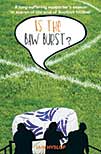 A long-suffering supporter’s search for the soul of Scottish football
A long-suffering supporter’s search for the soul of Scottish football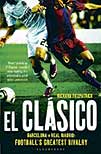 Football’s greatest rivalry
Football’s greatest rivalry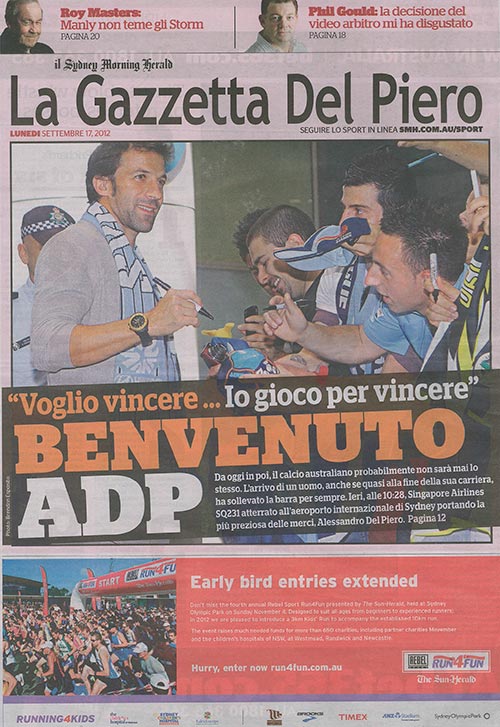
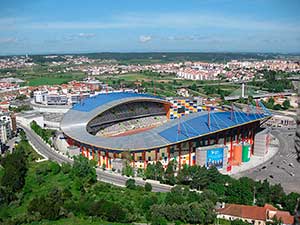 The Estádio Dr Magalhäes Pessoa is the 23,500-capacity home of UD Leiria in Portugal. Constructed for the 2004 European Championship, it originally held 30,000 people but seats were removed to allow the inclusion of an athletics track after the tournament had finished. The use of different colours around the ground extends to the seats, which are placed randomly and serve to make the ground appear full from a distance, even when no one is inside.
The Estádio Dr Magalhäes Pessoa is the 23,500-capacity home of UD Leiria in Portugal. Constructed for the 2004 European Championship, it originally held 30,000 people but seats were removed to allow the inclusion of an athletics track after the tournament had finished. The use of different colours around the ground extends to the seats, which are placed randomly and serve to make the ground appear full from a distance, even when no one is inside.